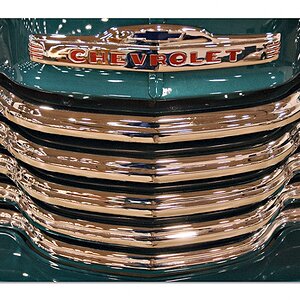Jaemie
No longer a newbie, moving up!
- Joined
- Apr 27, 2012
- Messages
- 1,907
- Reaction score
- 340
- Location
- Puyallup, WA
- Website
- www.jaemierobinson.com
- Can others edit my Photos
- Photos OK to edit
I posted these photos in a separate thread and several people commented that the blurring seems unusual, like a gimmicky PP trick, and even nauseating. I wonder what others might think and what might be the cause or if it's typical to this lens. These were taken with a Canon FD (1980s) 50mm f/1.8 lens mounted with a glass insert FD-to-EFS adapter to a Canon Digital Rebel camera. Nothing else on the camera. It doesn't bother me; I find it rather appealing, actually. But I'm surprised at the reactions.
Any thoughts? Is this normal?
1.
65mm (50mm lens with glass adapter and 1.3x crop factor)
1/2000 sec
f/2.8 (iirc)
ISO 100

2. SOOC except for sizing, same camera settings as first image

Any thoughts? Is this normal?
1.
65mm (50mm lens with glass adapter and 1.3x crop factor)
1/2000 sec
f/2.8 (iirc)
ISO 100

2. SOOC except for sizing, same camera settings as first image






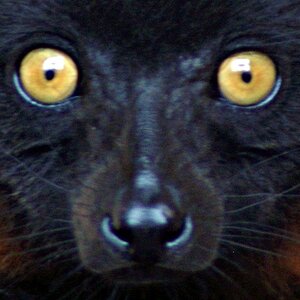

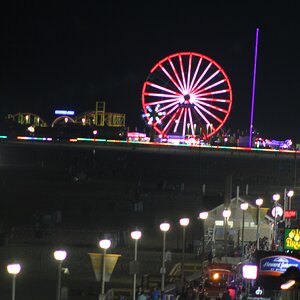

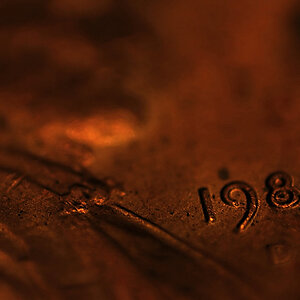
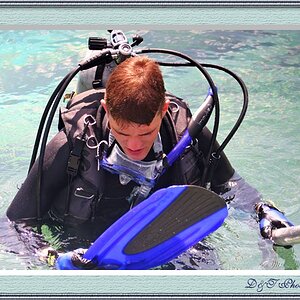

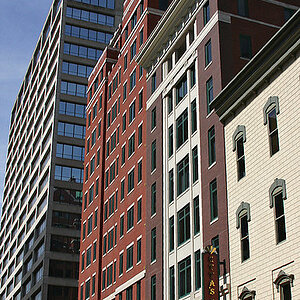
![[No title]](/data/xfmg/thumbnail/37/37133-3388fda4190cd07dbd7950af7b6ca646.jpg?1619737884)
![[No title]](/data/xfmg/thumbnail/37/37130-15360a524d273bc7dcd0beda3e9299ee.jpg?1619737884)
